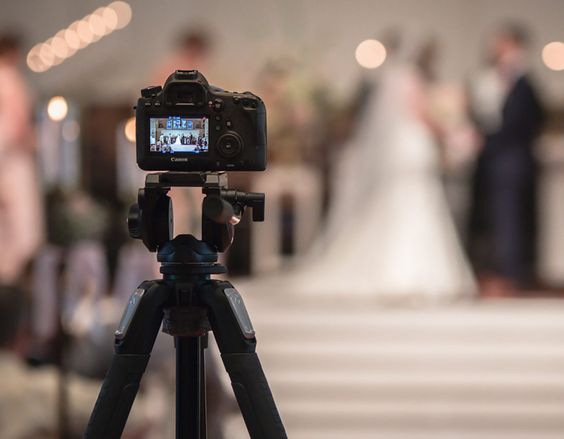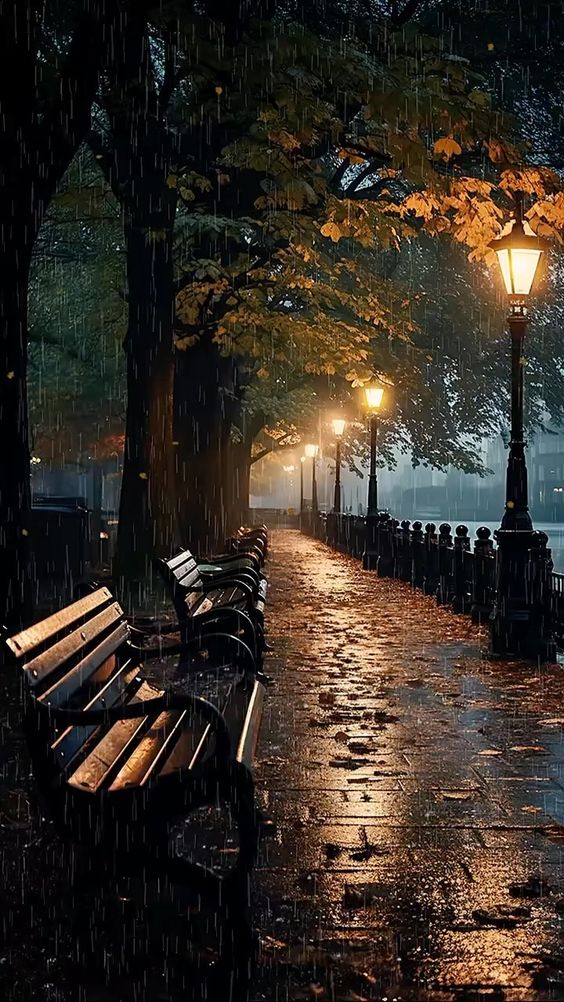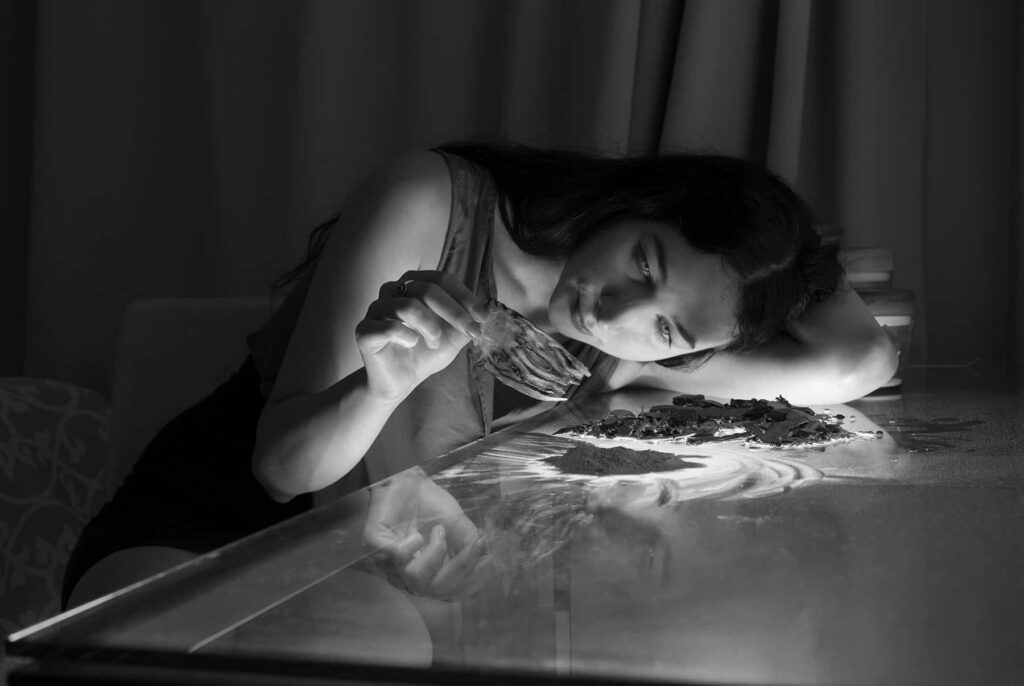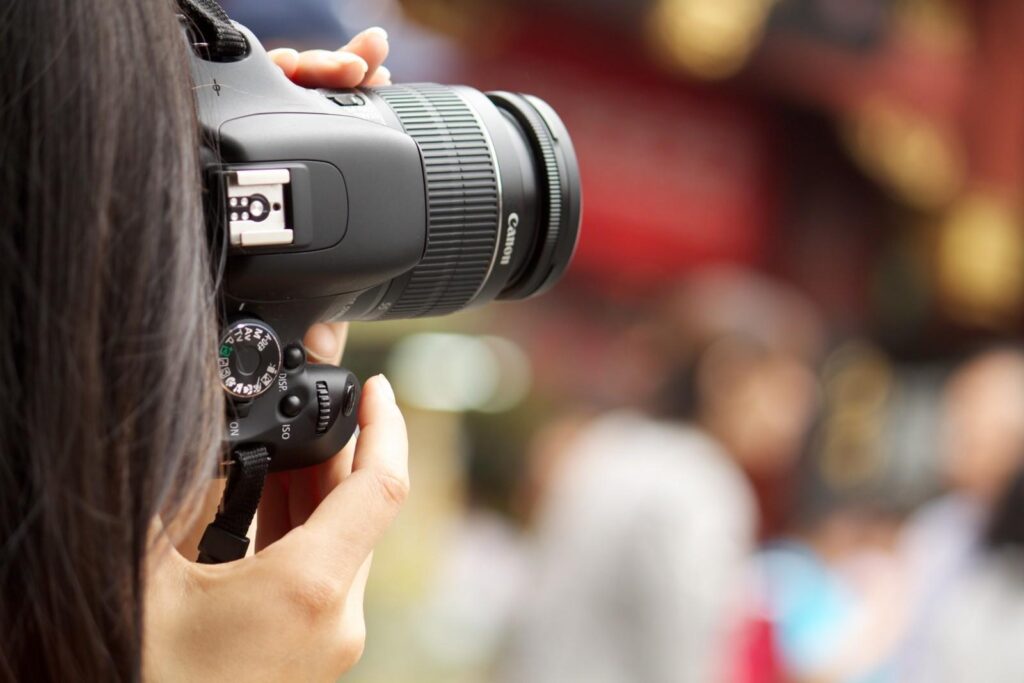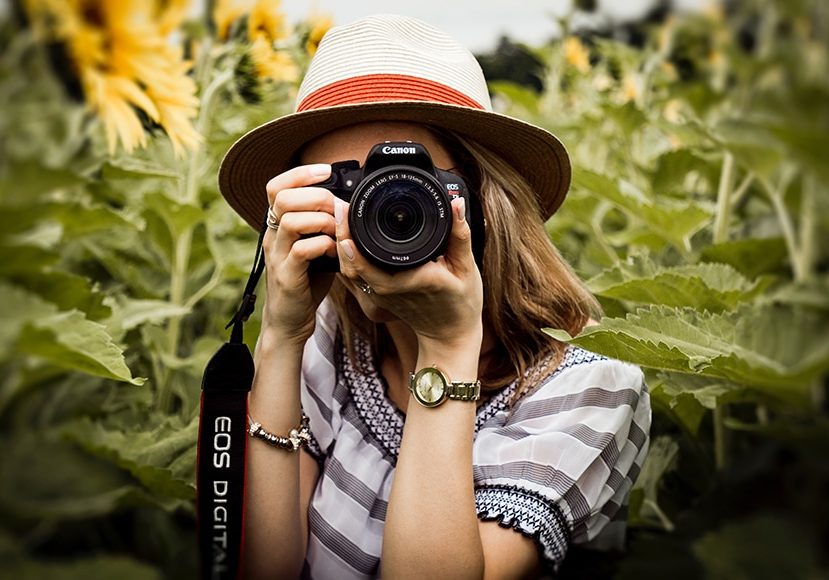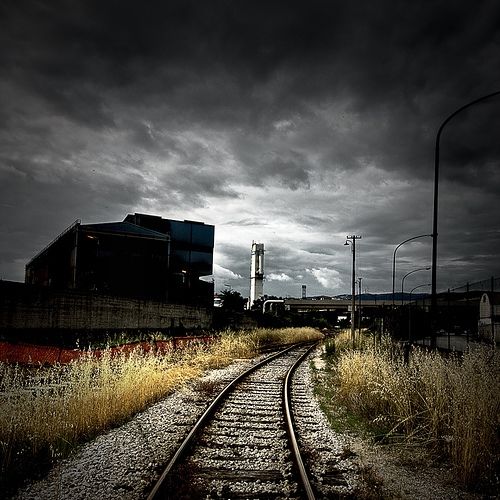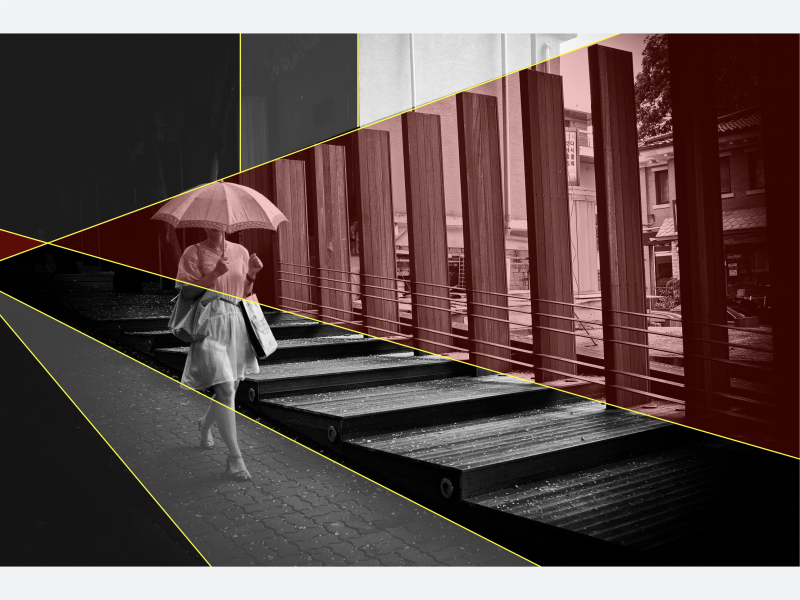Humans are emotional. Life shows the best and the worst, and all of that is let out by the emotions. Taking pictures is the most efficient way to document these emotions. Photography is fundamentally about two things, the subject being photographed and the person behind the camera.
Photography not just an ordinary exchange, according to famous photographer Yvette Heiser. He believed that photography had the ability to record moments with amazing clarity and reveal a deeper significance. In Yvette Heiser — 6 Ways in Which Photography Has An Impact On Our Lives, he has spoken about the impact of photography on daily lives:
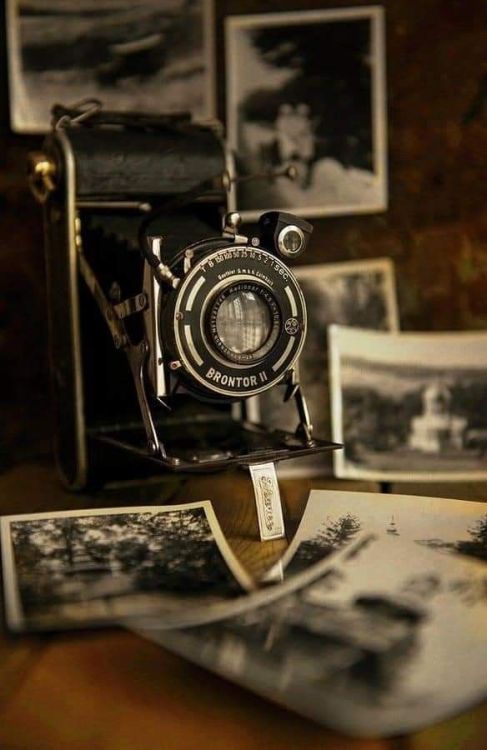
Capture a moment and tell a story.
Life is about more than major achievements and important events. This may strange but unique moments happen hundreds of times a day. Taking photos makes that moment last a lifetime and allows you to look back on it with nostalgia years later.
An inspiring or emotional tale may always be told through wonderful photographs if you have an artistic talent. It is a fantastic opportunity to share your creative talent with the world.
Taking pictures makes you want to experience more in life
Life has a lot to offer, but if you are not paying attention, it can pass by quickly. Photography encourages you to enjoy life to the maximum, which is one of the best reasons for its importance.
It can encourage you to see the world, travel, and cultivate an appreciation for life’s small pleasures.
You can venture out on new adventures by yourself or with loved ones. You become more aware of the situation as you concentrate on the exposure and composition of the photograph. You can be inspired to live a full life and take chances by photography.
The world is made more beautiful by photography.
Photography allows you to find beauty in everyday life. From ordinary items to children’s unusual behavior, which makes them happy and drives them insane. Consider a wife or husband who has lost a spouse or a young person who lost a parent. They never worry about losing their loved one’s face when they have images, but they can also use them to recollect the moment.
You can see things differently when you use a camera to capture the beauty in the objects and people around you. If you just take the time to pause and observe, photography has the enormous psychological advantage of recognizing the beauty all around.
Taking pictures builds relationships.
Your social life can be improved, and can make deep relationships with the help of photography. You can meet a lot of people who share your interests through it. You can help others prosper, create new friends, and go on photoshoots together.
You can meet different people working as a photographer for clients. It can benefit your own or professional needs. Online connections can also be enhanced by photography. To communicate with distant family members or during online dating, photos are essential.
Final thoughts
Human life is improved by photography. As language has no boundaries, pictures can communicate with anyone. It unites people, teaches, educates them, and inspires them. If you are in Texas and want to know more about photography, read Discover Photography in Texas with Yvette Heiser.

